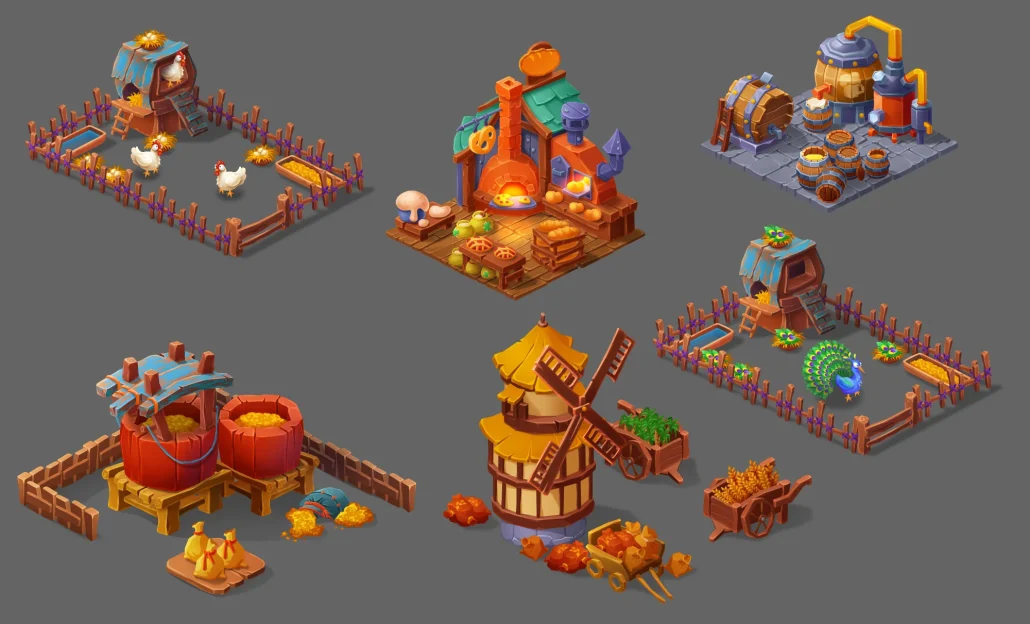Welcome to the world of casual game art, where creativity and accessibility come together to create delightful experiences. Casual games have gained immense popularity due to their simplicity and ability to appeal to a wide audience, from seasoned gamers to newcomers. In this exploration, we will delve into what makes casual game art unique, the different stages involved in its creation, and the key elements that contribute to its success. Whether you are an aspiring game developer or an avid player, join us on this journey to uncover the secrets of casual game art and understand its significant impact on the gaming industry.
What Is Casual Game Art?
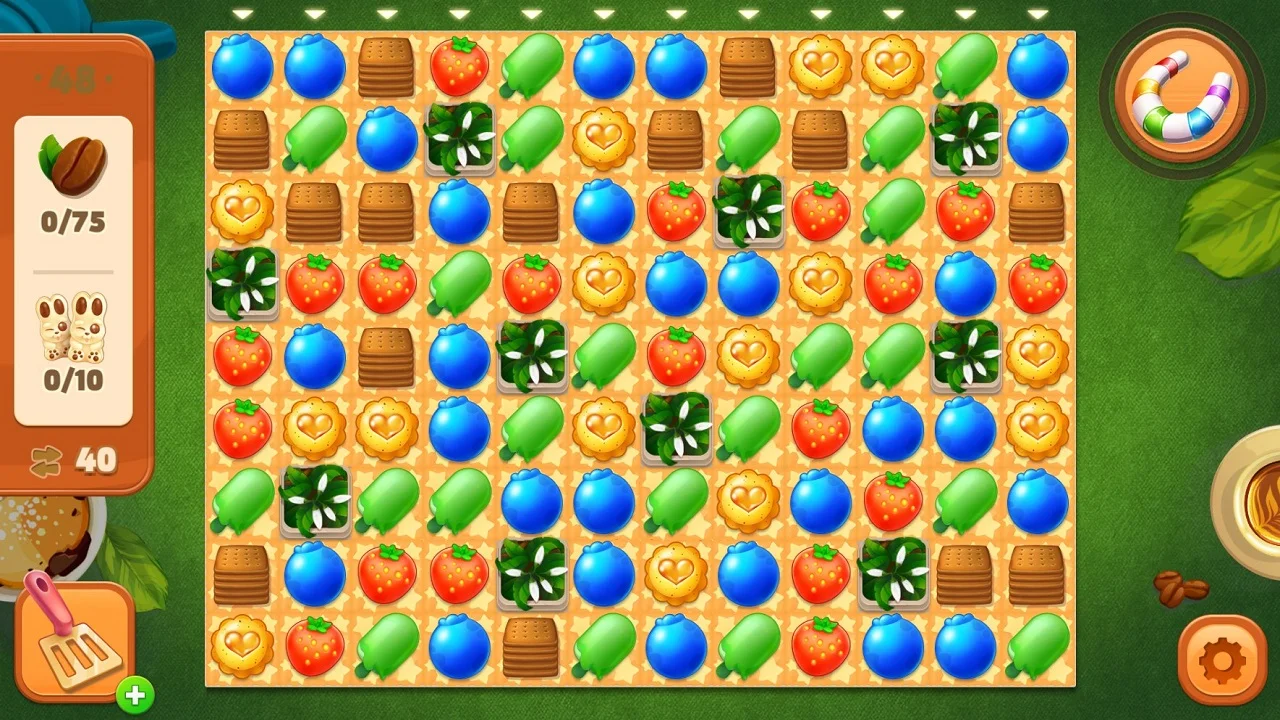

Casual game art refers to the visual style and Video Game Level Design elements used in casual games, which are video games that are simple, easy to play, and appeal to a broad audience. Casual games are often characterized by their straightforward gameplay mechanics, short play sessions, and accessibility across various mobile devices and web browsers. The art in casual games typically features colorful and vibrant graphics, cartoonish characters, and visually engaging backgrounds. This art style aims to create a visually appealing and enjoyable experience for players of all ages and skill levels. Casual game art enhances the overall gameplay experience, visually appealing, intuitive, and inviting while reinforcing the game’s core mechanics and objectives. As a result, casual game art plays a crucial role in attracting and retaining players, contributing to the widespread popularity and success of casual games in the gaming industry.
What are the Stages of Casual Game Art?
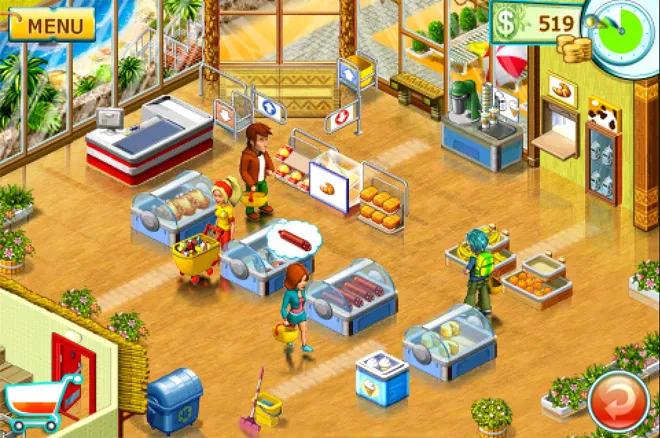

The stages of casual game art encompass the entire process of creating the visual elements for a casual game. These stages may vary depending on the complexity of the game and the team’s workflow, but in general, they include:
- Concept Art: This initial stage involves creating concept sketches and designs for the game’s characters, environments, and overall art direction. It serves as a visual blueprint and helps establish the artistic vision for the game.
- Asset Creation: In this stage, the individual game assets are created, including character sprites, background art, animations, and any other visual elements needed for the game.
- Integration: Once the assets are ready, they are integrated into the game engine, making them interactive and ready for gameplay. This stage ensures the art assets work seamlessly within the game’s mechanics.
- Testing and Iteration: After integration, the game art undergoes testing to identify and address any issues or inconsistencies. Feedback from playtesting and user experience testing is used to make necessary adjustments and improvements.
- Final Polishing: In the final stage, the game art is polished to enhance its visual quality and appeal. This may involve adding special effects, optimizing graphics for performance, and ensuring a cohesive and polished look across all game elements.
Throughout these stages, the collaboration between artists, designers, and developers is crucial to achieving a cohesive and visually engaging casual game art style that complements the overall gameplay experience.
Casual Games Categories
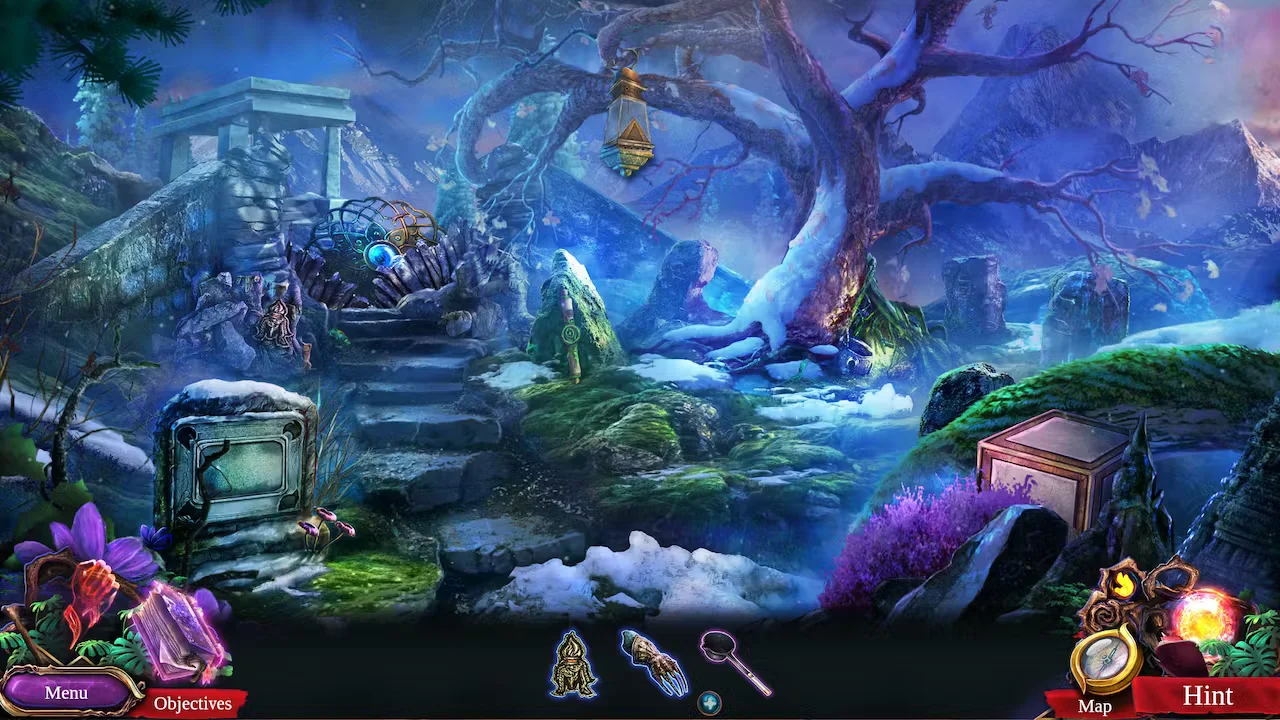

Casual games cover various genres and themes, catering to a diverse audience seeking entertainment and relaxation. Some common categories of casual games include:
- Match-3 Puzzle Games: These games involve matching three or more similar objects to clear them from the board. They are easy to pick up and play, offering simple and addictive gameplay.
- Time Management Games: In this category, players take on roles like running restaurants, farms, or businesses, and they must efficiently manage resources and complete tasks within a set time limit.
- Hidden Object Games: Players search for hidden objects within cluttered scenes, challenging their observation and problem-solving skills.
- Endless Runners: In these games, players control characters that run continuously, avoiding obstacles, collecting power-ups, and aiming for the highest score.
- Simulation Games: Simulation games simulate real-life activities, such as building cities, managing virtual families, or designing and decorating virtual spaces.
- Social and Matchmaking Games: These games involve interacting with friends or other players on social networks by playing together or competing against each other.
- Word and Trivia Games: Players use word puzzles or trivia quizzes to test their knowledge and vocabulary.
- Arcade Classics: Casual adaptations of classic arcade games like Pac-Man, Tetris, or Snake are also popular in the casual game market.
These categories represent just a portion of the vast and ever-expanding casual game landscape, offering various options to suit players’ preferences and interests.
Casual Art Direction in Games
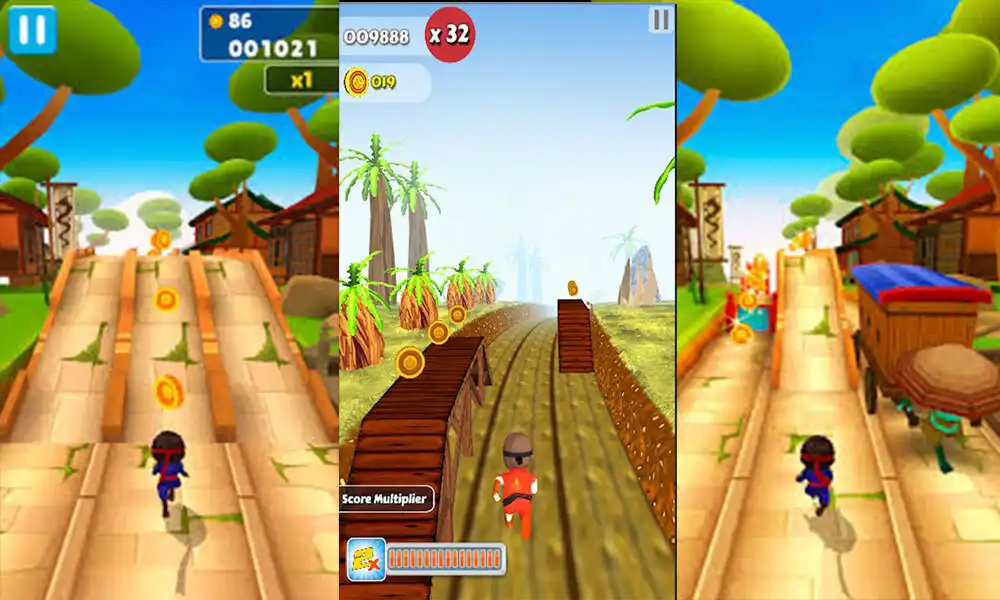

Casual art direction in games focuses on creating a visually appealing and approachable style that resonates with a wide audience. The art direction in casual games often emphasizes simplicity, bright colors, and charming visuals to create a relaxed and inviting atmosphere. The character designs, and environments are usually cute, whimsical, or cartoonish, contributing to the game’s lighthearted and fun nature.
Additionally, casual games prioritize user-friendly interfaces with clear icons, intuitive menus, and straightforward instructions, making it easy for players to jump into the gameplay without feeling overwhelmed. The art direction in these games aims to evoke positive emotions and provide a sense of enjoyment through delightful graphics and animations.
Casual art direction is versatile and can adapt to various genres, from puzzle and adventure games to simulation and time management experiences. By employing a friendly and appealing art style, casual games aim to engage players of all ages and gaming backgrounds, promoting a relaxing and enjoyable gaming experience for everyone.
Key Elements of Casual Games Art
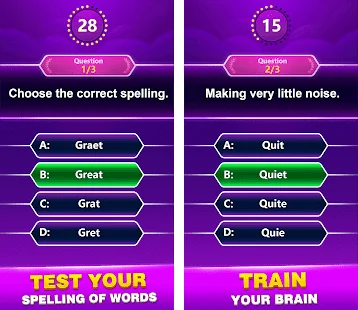

The key elements of casual game art play a crucial role in defining these games’ visual identity and appeal. Some of the prominent elements include:
- Simple and Accessible Design: Casual game art often features a straightforward and easy-to-understand design. The visuals avoid complexity, using clear shapes and recognizable symbols that allow players to grasp the game’s mechanics quickly.
- Vibrant Colors: Bright and cheerful color palettes are a hallmark of casual game art. These colors create a positive and uplifting atmosphere, enhancing the overall enjoyment and relaxation of the gaming experience.
- Charming Characters and Environments: Casual games frequently incorporate endearing characters and charming environments. Whether it’s adorable animals, cute creatures, or delightful landscapes, these elements evoke a sense of warmth and appeal to players of all ages.
- Cartoonish and Whimsical Style: Casual game art often leans towards a cartoonish and whimsical aesthetic. This style adds a touch of playfulness and magic to the game world, making it more inviting and enjoyable.
- Attention to Detail in Animation: Even though casual game art tends to be simple, it doesn’t compromise on attention to detail in animation. Smooth and fluid animations breathe life into characters and interactions, enhancing the visual experience.
- Intuitive User Interface: The user interface in casual games is designed to be intuitive and user-friendly. With clear and concise icons, buttons, and menus, players can easily navigate the game without confusion.
- Consistency and Cohesion: Casual game art maintains consistency and cohesion across all elements, ensuring that characters, environments, and user interfaces blend harmoniously to create a seamless and immersive experience.
By combining these key elements, casual game art creates a visually appealing and enjoyable atmosphere that resonates with players seeking a relaxing and entertaining gaming experience.
Benefits of The Casual Art Style
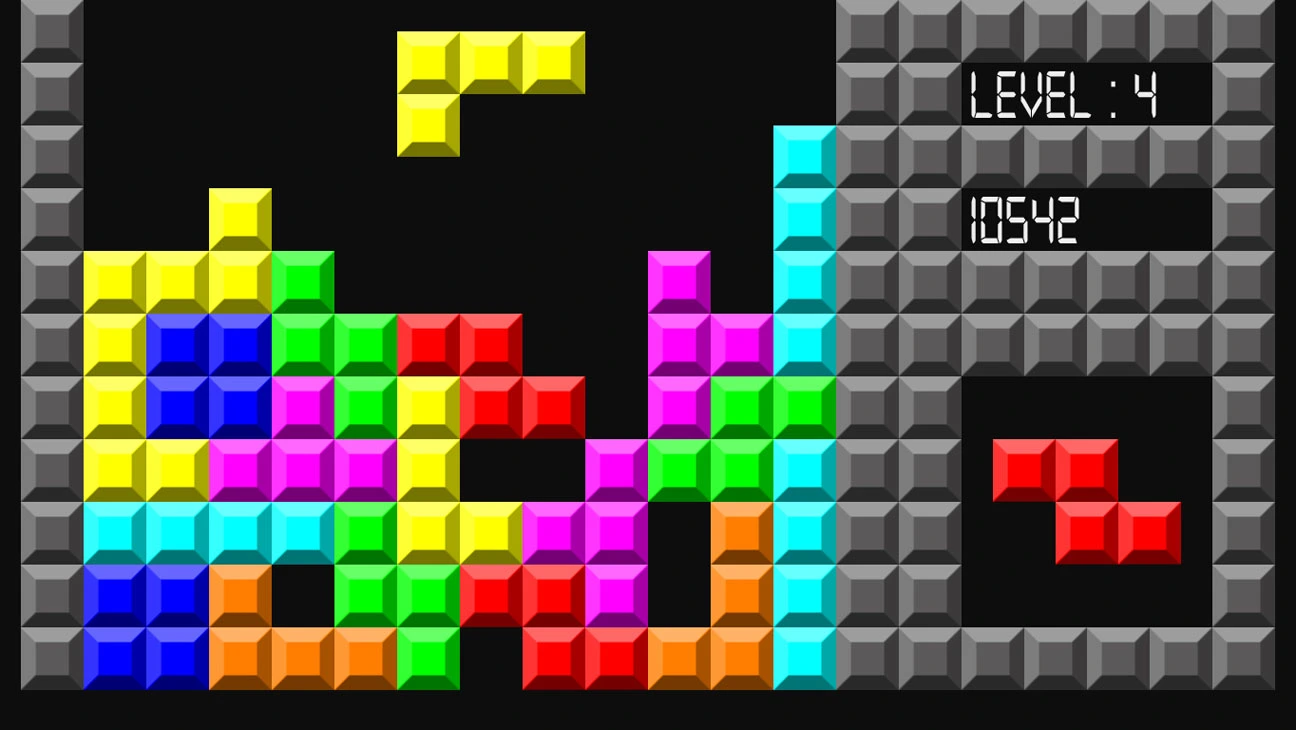

The casual art style in games offers a wide array of benefits that contribute to the success and popularity of casual games:
- Accessibility: Casual art’s simplicity and intuitive design make it accessible to a broad audience, including both seasoned gamers and newcomers. The approachable visuals remove barriers to entry, attracting players of all ages and skill levels.
- Quick Development: Casual game art typically involves less complex assets and animations, leading to faster development times. This efficiency allows game developers to create and release content more swiftly, keeping up with the demands of the ever-changing gaming market.
- Cost-Effective: The streamlined nature of casual art reduces production costs compared to intricate and detailed art styles. Lower expenses enable developers to allocate resources to other crucial aspects of game development stages.
- Universal Appeal: The cheerful and vibrant aesthetics of casual game art have universal appeal, transcending language and cultural barriers. This broad appeal increases the potential for the game to resonate with players across the globe.
- Enhanced Performance: Casual art’s simple design and lower system requirements contribute to improved game performance. Games with casual art styles can run smoothly on various devices, including mobile phones and older computers.
- Player Engagement: The charming and endearing visuals in casual games foster a positive emotional connection with players. This emotional engagement leads to prolonged play sessions and encourages players to return for more fun and relaxation.
- Flexibility: The casual art style allows for creativity and flexibility in design. Developers can experiment with different characters, environments, and visual elements, catering to diverse themes and genres within the casual gaming market.
- Brand Recognition: Consistent and recognizable casual art styles can help establish a strong brand identity for developers and studios. Iconic characters or visual elements become synonymous with their respective games, fostering brand loyalty and recognition.
Overall, the benefits of the casual art style empower developers to create enjoyable and successful games that resonate with a broad audience while offering a delightful and accessible gaming experience.
Conclusion
In conclusion, casual game art plays a pivotal role in the popularity and success of casual games. Its approachable and charming aesthetics attract players of all ages and skill levels, while its efficiency in development and cost-effectiveness make it an attractive choice for game developers. The universal appeal, enhanced performance, and flexibility of casual art styles ensure these games can reach a wide audience and provide an enjoyable gaming experience. Embracing the benefits of the casual art style allows developers to create captivating and accessible games that leave a lasting positive impact on players, fostering brand loyalty and recognition in the competitive gaming industry.

